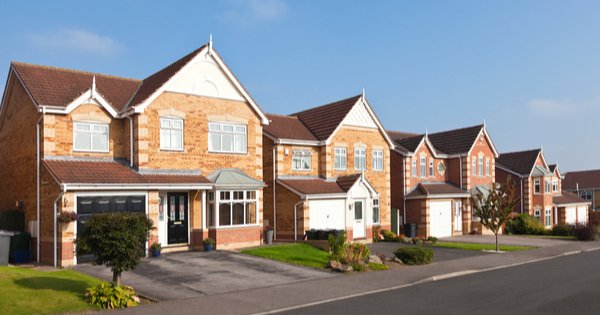An interesting account of the views on how the property market is progressing since Sept last year. It also highlights a reversal of fortunes in the great North South divide, with the greater percentage growth, taking place in the North, with over 6% in the West Midlands compared to a mere 0.3% in London.

The housing market is in constant flux. It goes without saying that this unpredictability plays a role in both the seller’s and buyer’s confidence. Nevertheless, it is worth taking a closer look at the numbers and deciding whether or not the future will be fruitful in the real estate industry.
The trend in housing prices across the UK
To begin analyzing how the housing market currently fares, it is essential to start scrutinizing the current asking price of an average property across the UK. According to the most current figures from the National Statistics Office, the non-seasonal adjusted prices of houses in the United Kingdom remained steady in September of last year.
If the basis is the percentage rise in housing prices, the annual calculation is 3.5%, which is also based on non-seasonal numbers. At this rate, an average house will cost £232,554. But the numbers significantly change when looking at individual regions around the country. For example, the annual calculation of house prices in the West Midlands increased by 6.1%, while the lowest increase was observed in the capital city of London at a measly 0.3%.
What does this mean for sellers and buyers?
Sellers and buyers alike tend to judge the status of the housing market based on what is happening in one region and not as a whole. This can be misleading as there are factors at play which do not apply to the whole country but may impact one area in particular.
Is Brexit to blame for the disparity in the housing price increase in London compared with other areas around the country? Experts agree that it is not the case. Affordability of properties, especially in London is the main culprit for this trend.
An optimistic look at the housing market
Although the slow increase in property prices may have slightly dampened the market, the slow but steady number of transactions means the housing market will continue at this pace but will remain lucrative for those who have the patience to endure the process.
What is fuelling the price increase in some areas of the UK?
The current rising stars in the real estate industry are the West Midlands, East Midlands, Scotland, and Wales. The primary cause for the impressive rise in property prices in these areas is the new build properties. However, this being the leading cause of the increase gives a clear perspective on the data. No matter what the numbers say, it all boils down to the longevity and sustainability of these trends. In conclusion, numbers alone are not objective indicators of the housing market. As such, experts remain generally positive about the housing market, and there is no reason for consumers to be concerned.




